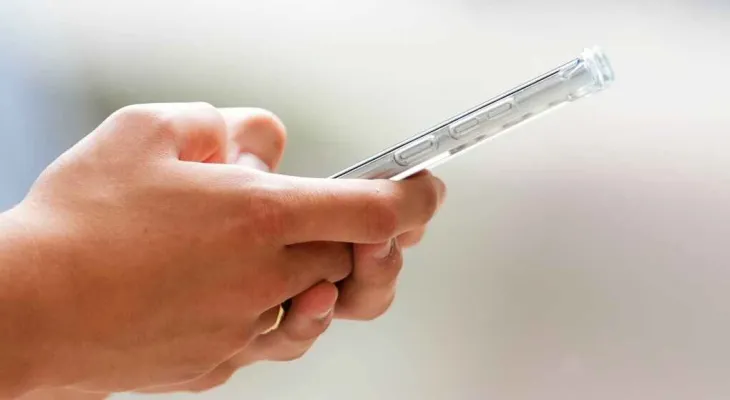Search here
Newspaper
Search here

Arab Canada News
News

Published: January 31, 2024
The new suicide prevention helpline 988 in Canada has received nearly 1000 calls and nearly 450 text messages daily since its launch in November, according to the Centre for Addiction and Mental Health (CAMH).
Although this may seem like a concerning number, it is within the figures predicted by the Addiction Centre, as Alison Crawford said, based on the need they saw in the years preceding the helpline launch.
Crawford said, “We had expectations about what we might face, this is somewhat in the mid-range, and within what we expected to receive and what we are equipped to provide.” “In that sense, it's on the right track.”
Crawford is the Chief Medical Officer of the new suicide prevention helpline in Canada, a psychiatrist at CAMH, which is responsible for operating the helpline. She told CTVNews.ca in a phone interview on Tuesday that they expect the volume of calls and texts “to increase over time,” and that they are prepared to meet this need.
The federal government launched the dedicated three-digit helpline at the end of November with CAMH, after years of work and advocacy from mental health experts. Each year about 4500 people die by suicide in Canada.
Crawford said, "We know there is a need for this service, and this certainly shows in the number of calls and text messages."
Raising awareness about the helpline remains an ongoing task, with the ultimate goal for 988 to be a number every Canadian knows and thinks of in crises.
She added, "Having access to a three-digit number was one of the most exciting parts of this initiative." "We already have a 10-digit national phone number and service, but with three digits, we know that increases accessibility to care because it is easier to remember, especially in times of crisis."
Crawford said the response they have received showed the helpline has already had a “good start” in the first two months of its operation. She added that in February, more ways will be implemented for users to provide direct feedback about their experiences with the helpline.
Data collected about the patient experience will also be compiled and made available to the public annually.
When someone calls or texts the 988 number, they are first greeted with a message informing them that they have reached the 988 helpline. After several questions, such as whether they want the service in English or French, they are routed to the nearest 988 service provider.
Crawford said, "988 is a network of service providers, with about 40 providers in each province and territory."
This means that if you are calling from northern Quebec, the helpline operator you talk to or text with will be a 988 responder from within that province, as close to you as possible.
She added that responders are trained in suicide prevention, working to understand the needs and experiences of those calling, as well as assessing and helping if there is a suicide risk.
The helpline meets an urgent need
Crawford pointed out that even before the pandemic, rates of mental disorder were increasing among the population, especially among youth.
One way CAMH tracks long-term mental health trends is through the CAMH Monitor, which has studied mental health trends in Ontario since 1977.
The study surveys about 3000 adults in Ontario each year to monitor drug use and mental health issues over time. The latest results, released last week, showed that in 2023, indicators of drug use and mental health struggles were rising across almost all categories compared to rates in 2018 or 2013.
The study found that the odds of self-reporting poor mental health or mental illness were about six times higher in 2023 than they were ten years before.
While the helpline is too new for CAMH to have statistics on specific topics causing the most mental distress among callers, Crawford said callers often express distress related to global events.
She said, “Certainly during the COVID-19 pandemic, and this has not abated either, we see people very worried about issues related to social isolation and economic impacts,” adding that this extends to issues beyond the pandemic.
She said the helpline and its responders work to ensure the help they provide is accessible and inclusive, including diverse perspectives “from gender, sexual orientation, viewpoints, culture, race, different religious groups, we've met people living in rural areas – we really try to take a multifaceted perspective and understand people’s needs.
Crawford said when someone is in a dark mental place, it is important to connect with others.
“If you feel upset when you find someone you trust and reach out to start a conversation, and if you are worried about someone, don’t be afraid to have that conversation with them and ask them, you know, how...” she said. “They do it, let them know you’re worried.”
She added there are also online resources to help those struggling with their mental health, including the CAMH website and the Kids Help Phone site.
“If there is a situation where someone is trying to hurt themselves, for example, you can always call 911 or 988. I would never leave those off the list.”
Comments